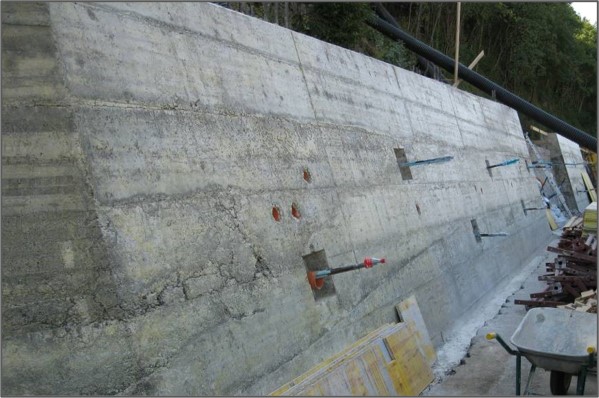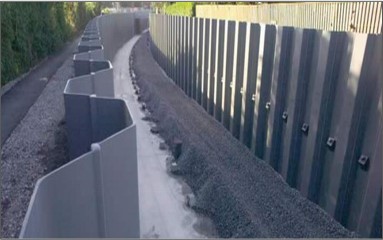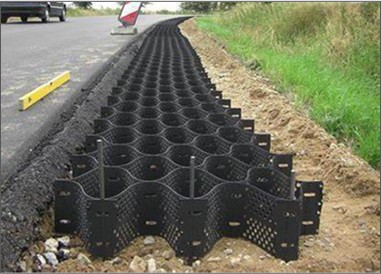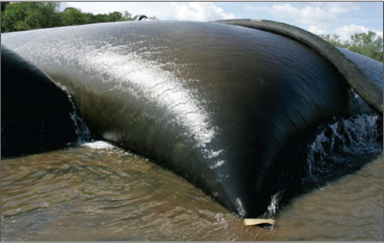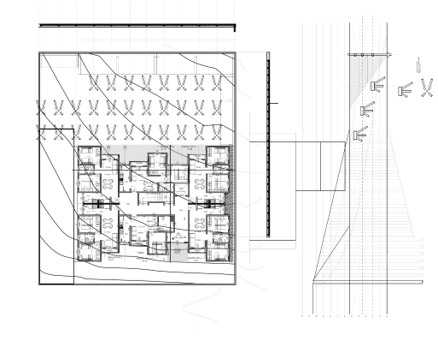

Infrastructure
Infrastructure works usually require great planning complexity and also the participation of several professionals such as geotechnicians, surveyors, specialists in pavements, concrete, steel and others, so that all equipment and systems can be correctly dimensioned for each case.
Among the Infrastructure Works already developed by the Court, we can mention large-scale services such as dams and hydraulic embankments, as well as works of high technical complexity, such as high-resistance industrial floors, artificial lakes and drainage systems located on the edge of dams and below the groundwater.
